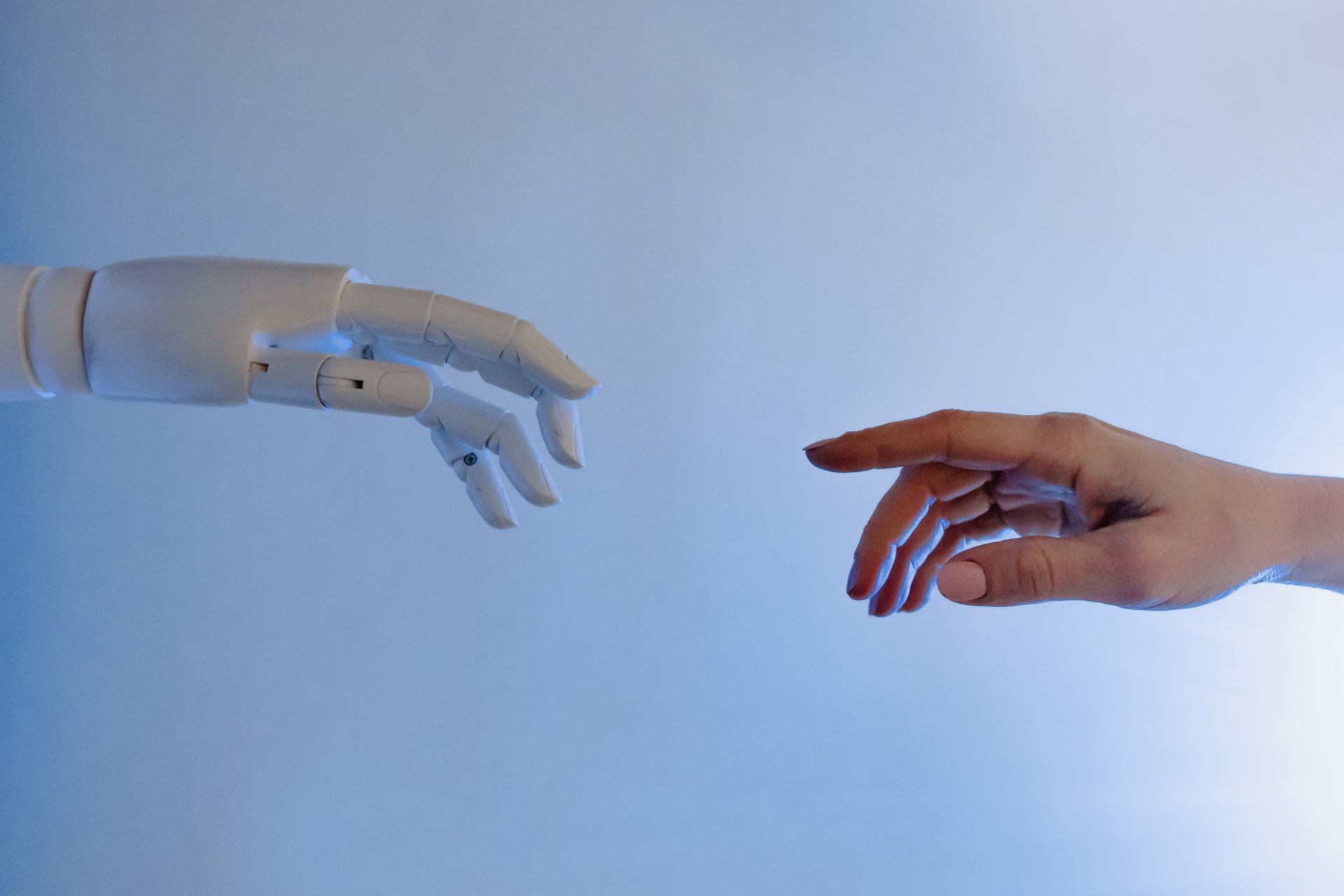Artificial Intelligence versus Machine Learning
The difference between (AI) Artificial Intelligence and (ML) Machine Learning

Artificial Intelligence (AI) and Machine Learning (ML) are two of the most widely discussed topics in the tech industry today. Despite being closely related, these two terms are often used interchangeably, leading to confusion and misunderstandings. In this article, we will explore the differences between AI and ML, and provide examples of how these technologies are being used in various industries.
What is (AI) Artificial Intelligence?
Artificial Intelligence refers to the ability of a machine or computer program to perform tasks that would normally require human intelligence. This includes tasks such as recognizing speech, identifying images, and making decisions based on data. AI is a broad field that encompasses a variety of techniques and technologies, including rule-based systems, expert systems, and machine learning.
What is (ML) Machine Learning?
Machine Learning, on the other hand, is a specific approach to AI that involves teaching computers to learn from data instead of following explicit instructions. In machine learning, the computer uses algorithms to analyze data and make predictions or decisions based on that data. The more data the machine is exposed to, the more accurate its predictions become. Machine learning is a key component of AI and is used in a wide range of applications, from natural language processing and image recognition to recommendation systems and self-driving cars.
To better understand the difference between AI and ML, let's take a look at some real-world examples. One of the most common examples of AI is Siri, Apple's virtual assistant. Siri uses natural language processing, a subfield of AI, to understand and respond to users' requests. For example, if you ask Siri to schedule a meeting, it will understand what you are asking and provide you with a calendar prompt to schedule the meeting.
Another example of AI is IBM's Watson, a computer system that can understand and respond to natural language questions. Watson is used in a variety of industries, including healthcare, where it is used to help doctors diagnose and treat patients. For example, Watson can analyze medical records and provide doctors with insights into the best course of treatment for a particular patient.
Machine learning is also used in a wide range of industries. One of the most common applications of machine learning is in the field of marketing. For example, Amazon uses machine learning algorithms to personalize product recommendations for each customer. These recommendations are based on data such as the customer's purchase history and browsing behavior. The more data Amazon collects, the more accurate its recommendations become.
Another example of machine learning is in the field of finance. Banks and financial institutions use machine learning algorithms to detect and prevent fraud. For example, a bank may use machine learning to analyze a customer's spending patterns and detect any unusual transactions. If a transaction is flagged as potentially fraudulent, the bank can then take action to prevent the fraud from occurring.
Machine learning is also used in the field of transportation. For example, self-driving cars use machine learning algorithms to understand their surroundings and make decisions about how to navigate the roads. The more data the self-driving car collects, the more accurate its decision-making becomes.
In conclusion, AI and ML are two closely related technologies that are transforming a wide range of industries. AI refers to the ability of a machine or computer program to perform tasks that would normally require human intelligence, while ML is a specific approach to AI that involves teaching computers to learn from data. Both AI and ML are playing an increasingly important role in our lives, and it is important to understand the difference between these two technologies and how they are being used in various industries. Whether you are an entrepreneur, engineer, or simply someone who is interested in technology, it is important to stay informed about the latest developments in AI and ML and how they are changing the world around us.







